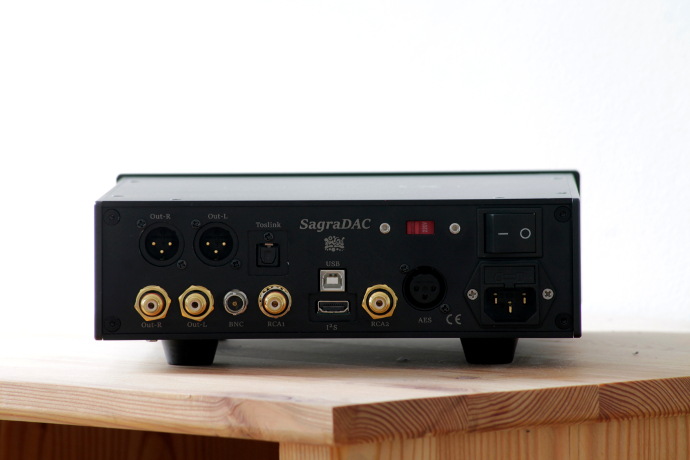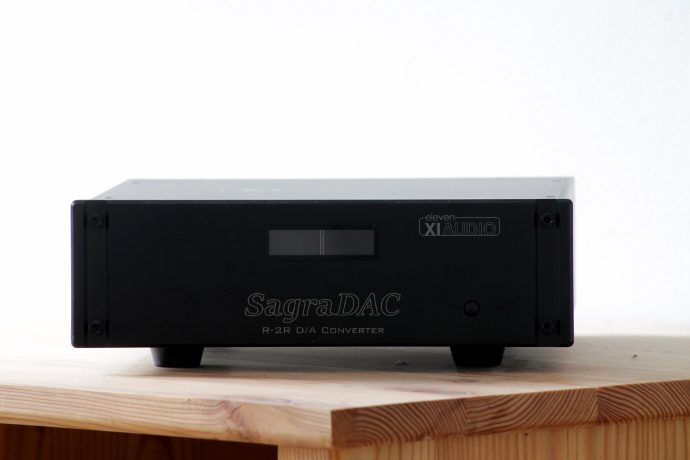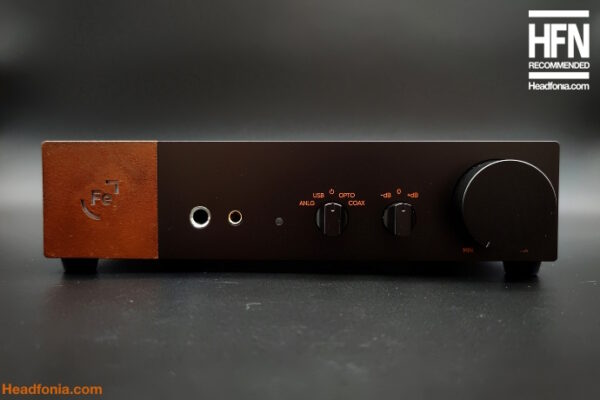In this review we take an in-depth look at the XI Audio SagraDAC . An R2R D/A converter that retails for $ 3,395 USD. Is it worth it? Let’s find out!
Disclaimer: XI Audio supplied the SagraDAC free of charge. I only had to pay the import fees and customs when it arrived at my doorstep. XI Audio is not affiliated with Headfonia in any way and not a site advertiser. The SagraDAC will remain XI Audio’s property and can be asked back at any time. Many thanks for the generosity and opportunity!
About XI Audio:
XI Audio, or Eleven Audio, is a relatively young Taiwanese brand that makes primarily headphone amplifiers and DACs. The company is run by a familiar face of our scene, namely Michael Xiao, who has been heavily involved with Lotoo before he started his own journey.
XI Audio’s product range might be small, but they definitely produce statement and outside the box products. The team around Michael Xiao introduced themselves with the Formula S amplifier, which was made specifically as the best pairing for the Abyss AB-1266 headphones. A headphone I rate very highly for its sound. Sadly I don’t have it anymore to play around, but the Diana range of headphones is with me and we will take a look later how the XI Audio x Abyss system performs.
Apart from the Formula S amplifier, XI Audio also produces battery powered amps in the name of the Broadway series. We checked both of them out just a couple of months ago. Today we will take a closer look at their resistor ladder D/A converter – the SagraDAC.
About SagraDAC:
The XI Audio SagraDAC is an all analog digital to analog converter that uses no off the shelf silicon chips. XI Audio opted for a resistor ladder design to convert 1’s and 0’s into an analog electrical signal. The benefit of this design should lie in a more natural and organic sound. If that holds true we will find out in the Sound section of this article.
Back on track with some technical specifications of the SagraDAC. It’s a 24bit/384kHz D/A converter that also decodes DSD files up to DSD256 natively via it’s USB and I²S input. Other inputs only support sampling rates of 24/192. No, the SagraDAC does not support MQA hardware unfolding. And personally, I am glad they don’t. Why pay for a proprietary format whose only acceptable use case is for streaming services if you are into desktop systems. I prefer to have my music stored on a local solid state disc.

The back side of the SagraDAC features multiple digital inputs. With the XI Audio DAC you can connect one USB source, one HDMI I²S, two RCA Coax, one BNC, one 3-pin XLR AES/EBU and one optical source. Analog outputs come in the form of a pair of RCA’s and a balanced XLR output. You don’t get a volume control for either of the outputs. So it’s a line out signal DAC only, which has to be integrated into a chain that contains a pre-amp or a headphone amp. You can also use an integrated amplifier, which is exactly what I did, as I put the SagraDAC in a chain with my Schiit Audio Ragnarok II speaker amp.
Want some more technical specs? Headfonia has you covered.
The XI Audio SagraDAC has a dynamic range of 130.5 decibels, a THD of 0.008% and an unweighted Signal to Noise Ratio of 127dB. The RCA outputs come with 1.4V RMS while the XLR almost triples that to 4V RMS. With 3.6kg it’s not a light unit, but not exactly heavy either. The SagraDAC measures 24 x 28 x 8.5cm, which makes it a rather compact desktop DAC.
The SagraDAC comes with a voltage switch on its back. So you can actually use it in areas where 110V are needed as well as regions using 240V outputs. The power supply circuit of the SagraDAC are fully regulated in their Class A setup.
If you want to buy a SagraDAC you have to obey to their retail channels. You can’t order it directly from their website as it is information based only. No webshop here. The SagraDAC retails for 3,395 USD.
A little information about the naming of the SagraDAC. Some of you might already have spotted the reference in the name to the Sagrada Familia chapel in Barcelona. While it’s undeniably a beautiful building, I wonder why XI Audio chose to name their DAC after something unfinished. I mean, I get it, the Sagrada Familia is incredibly nice to look at, and the complexity of it is just stunning.
Control:
The XI Audio SagraDAC really is a piece of cake when it comes to using it, because there isn’t much to do wrong here. On the back you have a big power switch which turns the DAC on and off. On the front there is a single button on the right hand side, with this you can circle through the inputs. A bright white LED next to that button tells you that the unit is turned on. Although the illuminated LCD screen on the front should also give you a big enough hint about that status. Better safe than sorry I assume.
The screen on the front panel gives you information about the used input on the left side, while the right side displays info about the format (PCM/DSD) and sampling rate.
The review continues on page two!









Joon
I have this DAC and I also owned the Metrum Pavane L3. They sound similar: organic and smooth, emminantly listenable and not in your face. I also owned the Hugo 2 which grated on my nerves after some time; sort of like long term listening to cello music for me.
XI Audio is under the radar but they make superb components for the music; there is a reason why Abyss collaborates with them. People would do well to audition their components, especially if they are into music and not gear.
Andrew Denis
There’s a reason why this DAC is the top recommendation for pairing with the arguably best headphone in the world, the Abyss 1266 TC Phi— it is capable of revealing every nuance of musical detail that the 1266 is capable of reproducing, without sounding overly analytical, unforgiving or fatiguing in any way.
I own or have owned a wide range of DAC’s at prices from under $50 to almost $40K, and this is at a very rare place in that I could easily use the Sagra in place of any of those other DAC’s and never look back. I wound up selling two DAC’s after acquiring the Sagra. It should cost more than the Chord Dave, which it betters in many respects, while it constantly reveals musical details in music I have listened to for years, but had never been fatiguing.